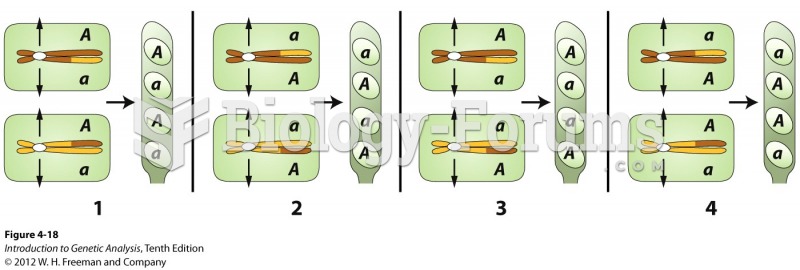Answer to Question 1
The general rule is that if a marriage ends in an annulment, the parties are returned to the legal status they held prior to the marriage. Annulment of a second marriage may entitle a party to reinstatement of Social Security, insurance, retirement, and/or worker's compensation death benefits coming from a prior (1 ) marriage. The party may also be able to inherit from the earlier spouse on the basis of marital status. On the other hand, alimony from a former spouse usually terminates upon the recipient's remarriage. If the later marriage (2 ) is annulled, the alimony recipient may claim that the payor should have to resume paying alimony. To reach these conclusions, courts may consider the following:
1 ) Alimony obligations revive after void but not voidable remarriages of alimony recipients.
2 ) Alimony automatically terminates on the remarriage of the recipient regardless of subsequent events furthering interests of finality and certainly for the obligor when the obligee elects to look to another for support.
3 ) The revival decision is made on a case-by-case basis.
4 ) The decision is driven by the language of the parties' separation agreement if the issue is specifically addressed in an agreement incorporated in the court's decree dissolving the prior marriage.
In the Williams case, students should be able to tell how the court viewed property division by applying the putative spouse doctrine even though the marriage was deemed void:
a) There was a proper marriage ceremony and
b) one or both of the parties had a good-faith belief that there was no impediment to the marriage.
Answer to Question 2
Students should be able to provide the eight (8 ) most common differences between divorce and annulment, e.g. Annulment: the ground for annulment existed at the time the alleged marriage was entered and in Divorce: in the majority of cases, the cause of action arises during the marriage, etc. (Exhibit 4.1 )







